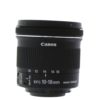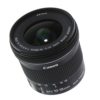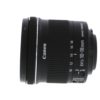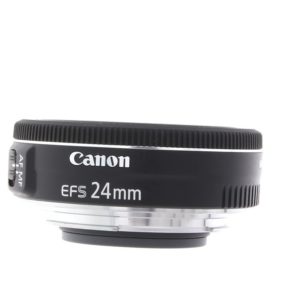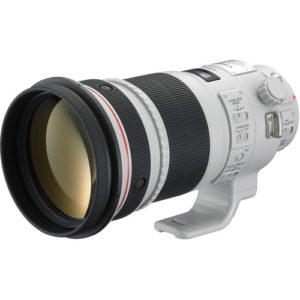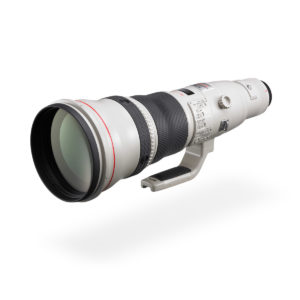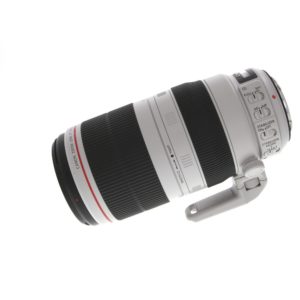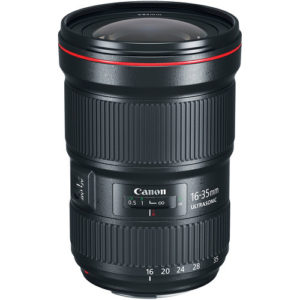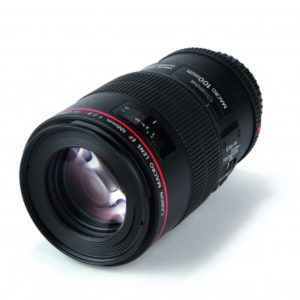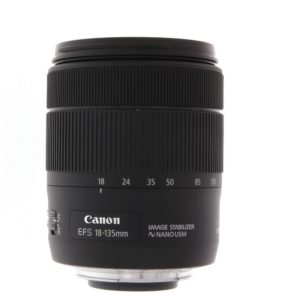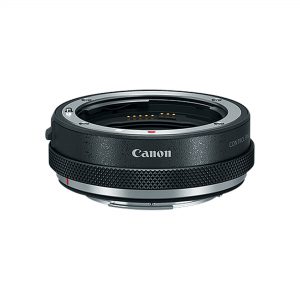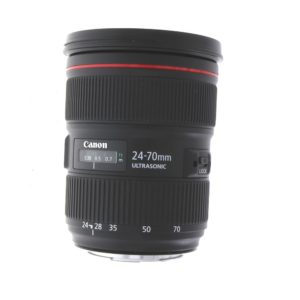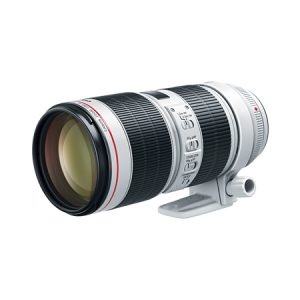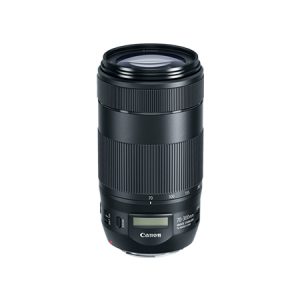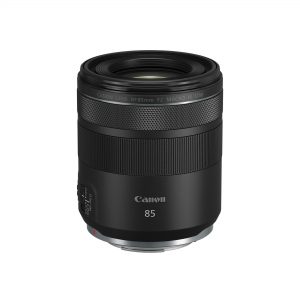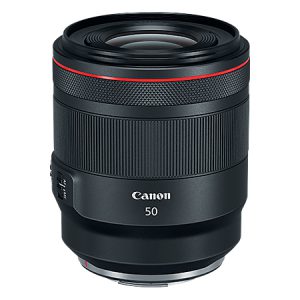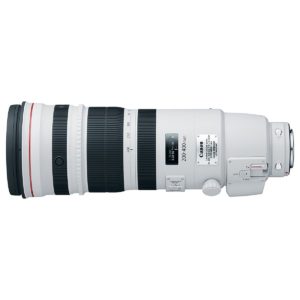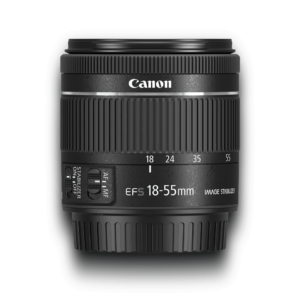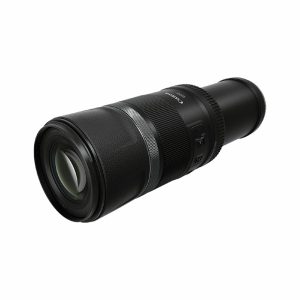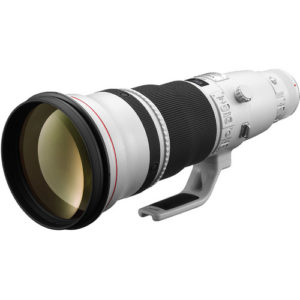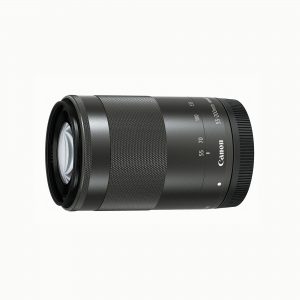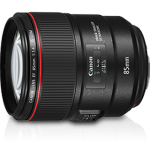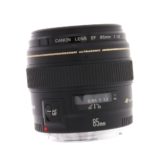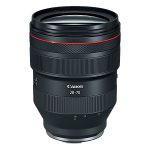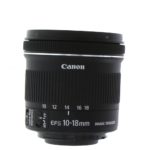Overview
The EF-S 10-18mm f/4.5-5.6 IS STM lens combines optical excellence with cutting-edge performance, providing an ultra-wide angle of view in a compact, portable package, perfect for EOS cameras with an APS-C sensor. It has a 4 group optical zoom system and includes a large-diameter element, an aspherical lens element, a UD lens element and enhanced lens coatings for high-contrast, high-resolution images with minimal glare and aberration. A circular, 7-blade aperture helps ensure fine background blur and the Canon Optical Image Stabilizer system provides up to four equivalent stops of shake correction. The lens has a stepping motor (STM) and a refined focus mechanism for smooth and continuous AF during video recording. It also has a rear focusing system, plus a high speed CPU and improved AF algorithm for high-speed AF; and offers full-time manual focus for quick adjustments. The EF-S 10-18mm f/4.5-5.6 IS STM delivers reliable, speedy and quiet wide-angle performance, making it an ideal lens for everyday photography, travel, stills and video recording.
Smooth and quiet
Create high quality movies during your holidays with the near-silent STM technology. The Stepping Motor helps you deliver steady and quiet continuous focusing, meaning that your audio recording only captures the surrounding sounds without the noise of a focusing motor.
Don’t let movement spoil your moment
When shooting your everyday movies or stills in low light, the Image Stabilizer (IS) technology in the EF-S 10-18mm f/4.5-5.6 IS STM is just what you need to compensate for any slight camera shake, helping you capture your moment first time.
Anti-flare technology
Concentrate on the look of your landscape shots without worrying about the sun interfering, thanks to the Super Spectra Coating. This means you don’t have to worry about unwelcome orbs of colour or areas of low contrast, allowing you to shoot more freely and concentrate more on enjoying the view.



